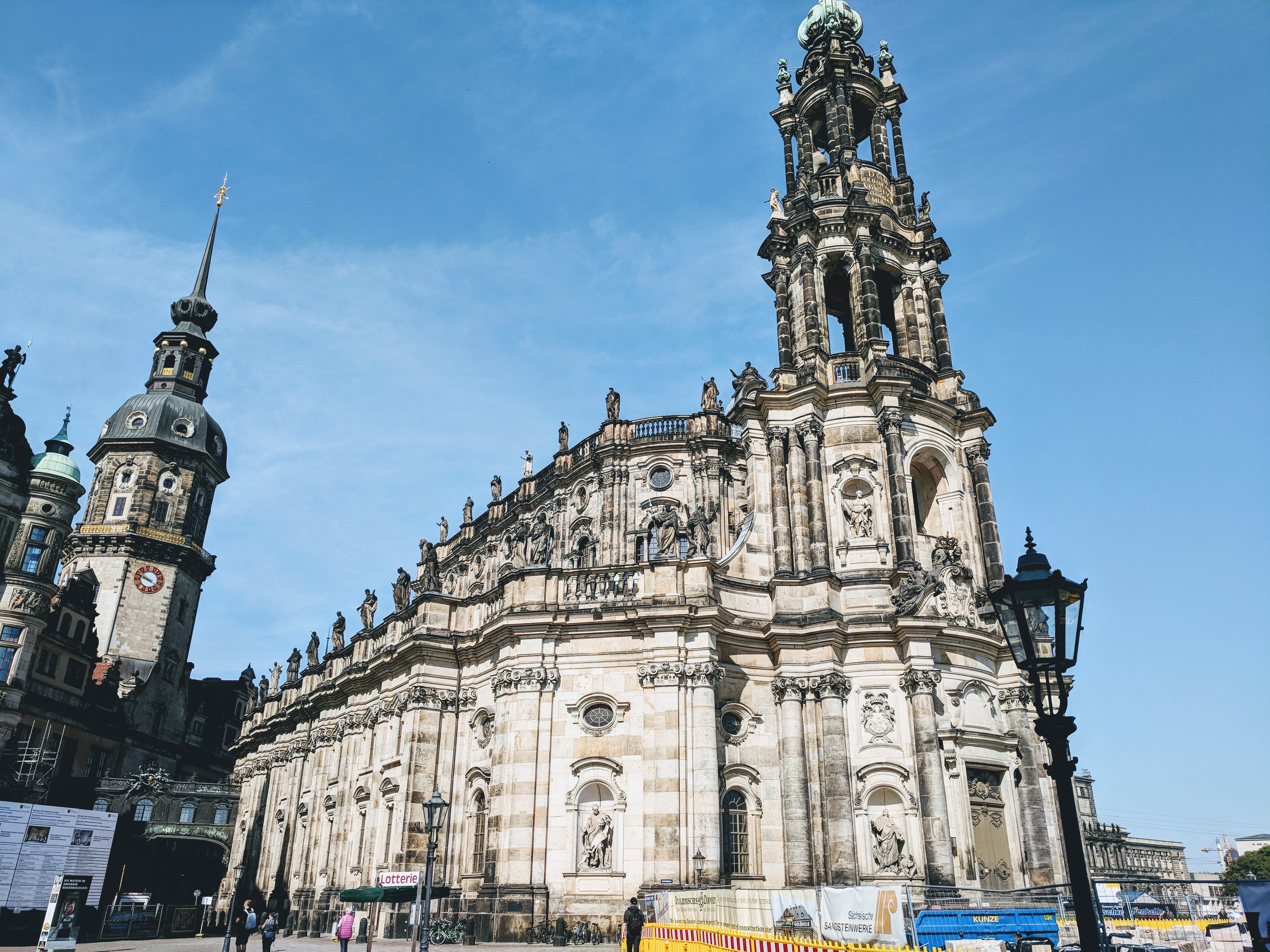Dresden Altstadt
Mon May 14, 2018 9:20 amWe returned to Altstadt in order to take advantage of the morning angle of sun light. Yes, that's a thing.
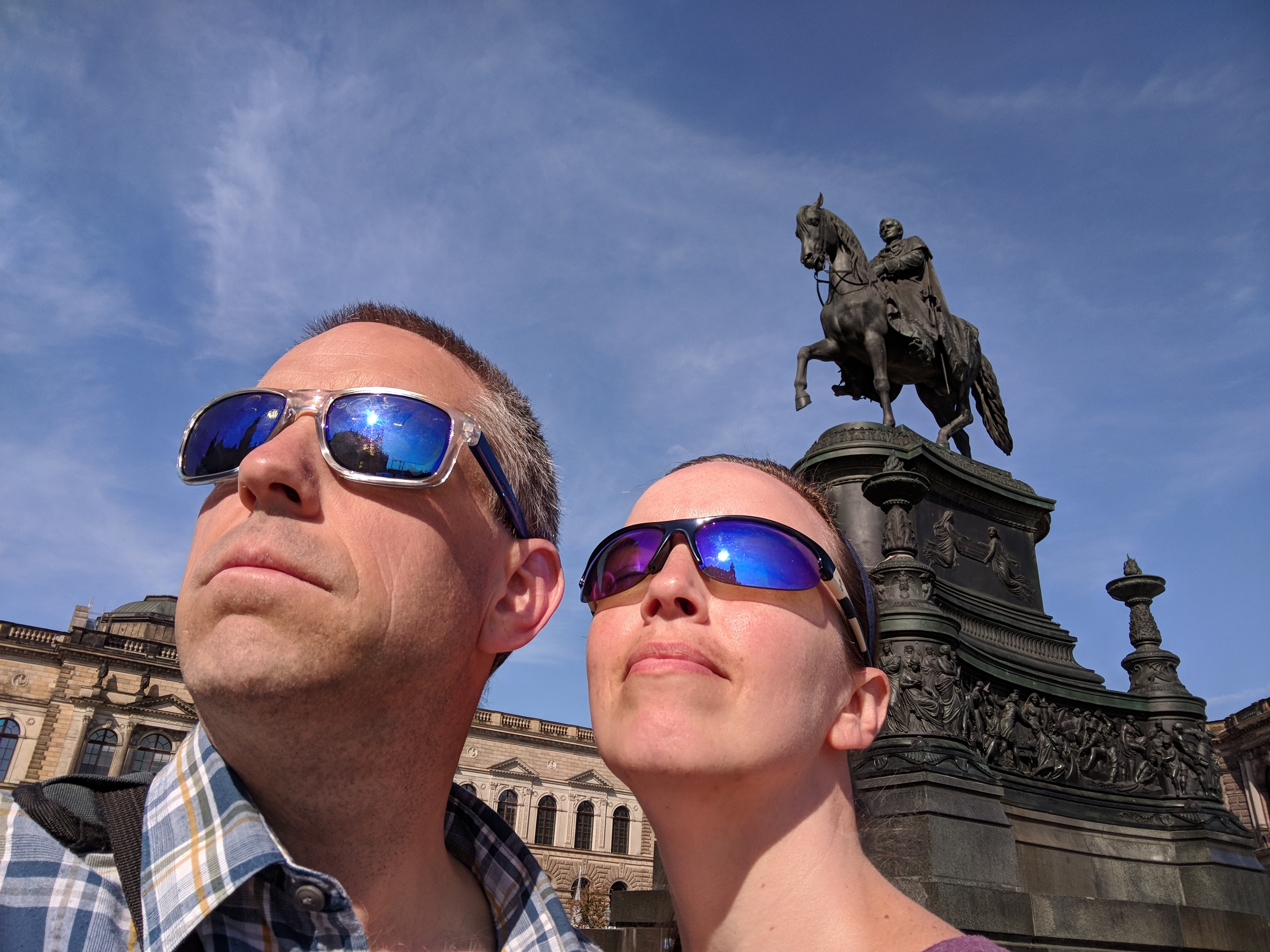
Johann Nepomuk Maria Joseph Anton Xaver Vincenz Aloys Luis de Gonzaga Franz de Paula Stanislaus Bernhard Paul Felix Damasus was King of Saxony when Germany United in 1871.
Previously, when Napoleon dissolved the Holy Roman Empire in 1806, Saxony ceased to be an Electorate and instead became a Kingdom. But I can’t really detail the long and convoluted series of events between 1806 and 1871 here in this format.
But, an interesting factoid is that not only was Johann previously a member of Saxon State Parliament but as King was also his own Prime Minister and President.
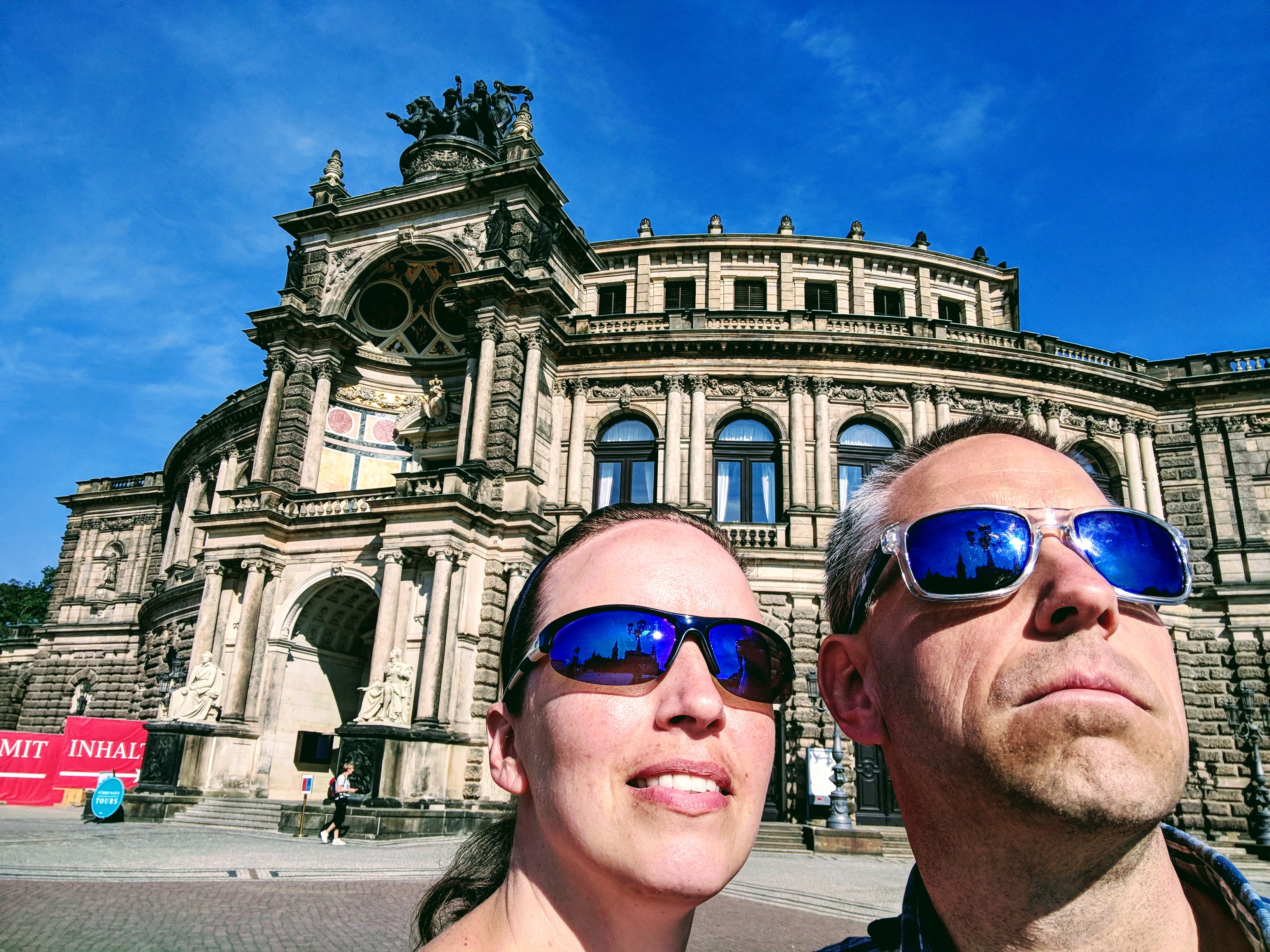
Dresden Opera is a neo-Classical structure built in the 19th Century.
The columns at the entrance are Ionic, but the columns above are Corinthian. Can you spot the difference?
You can think of the etymology of the Classical Orders as referring to places in time. At a certain point in history, Greeks colonized Ionia, Western Asia-Minor and nearby islands; and then later after Athens was brought down a peg by their defeat in the Peloponnesian War, Corinth became the dominant City-State in Greece.
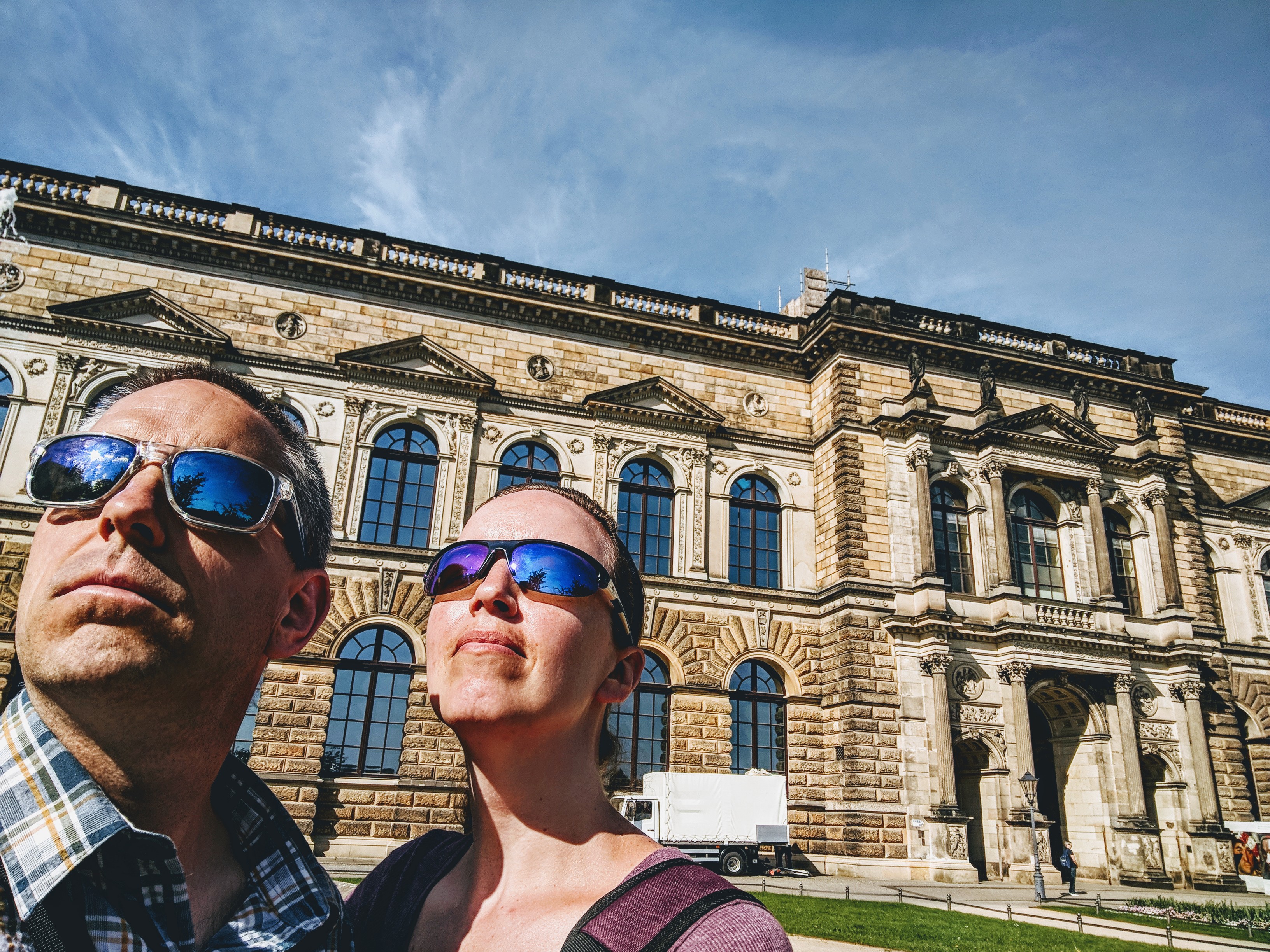
Zwinger is Dresden’s primary palatial complex.
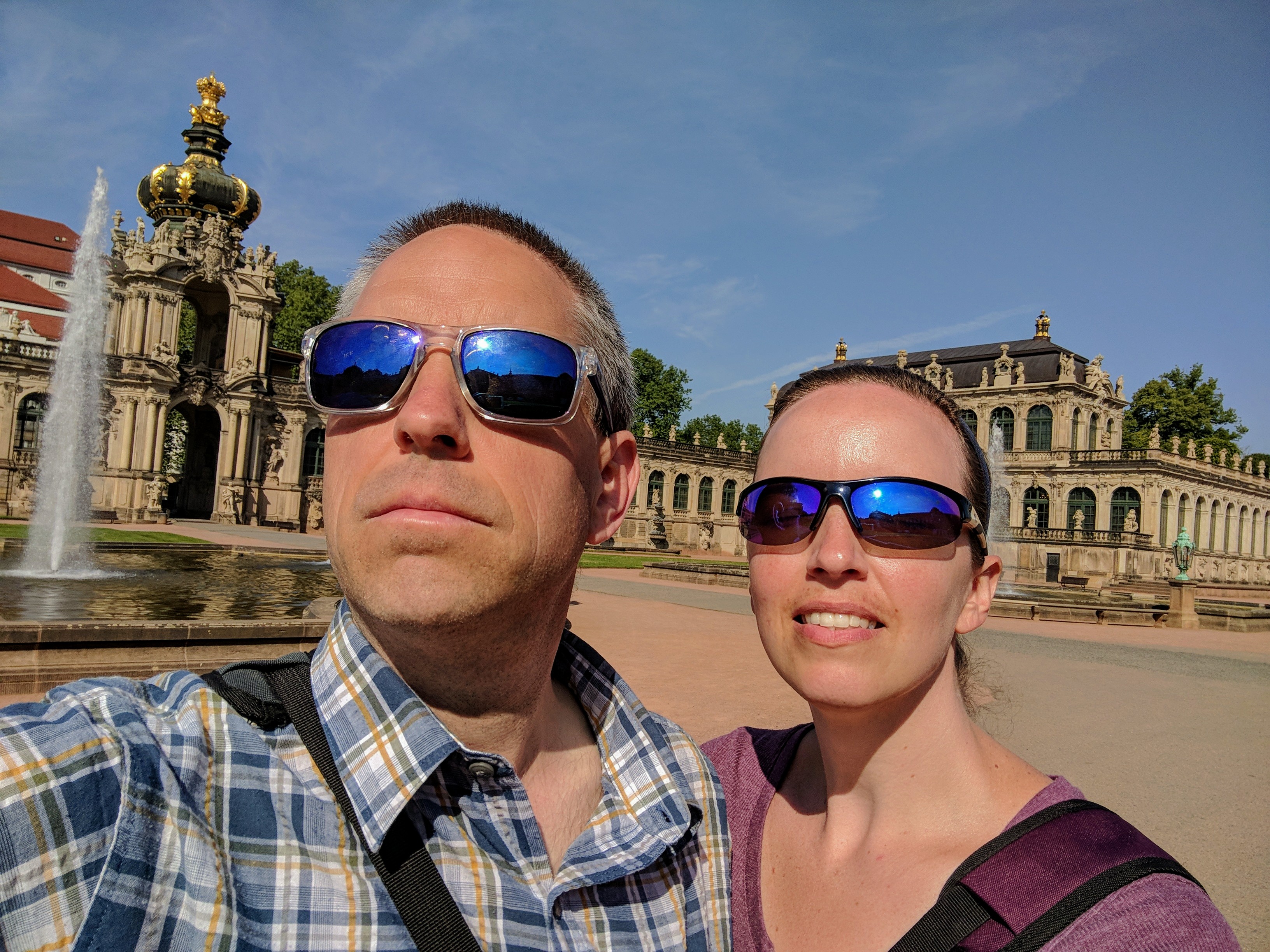

You might be interested in my other post about Dresden Cathedral.
